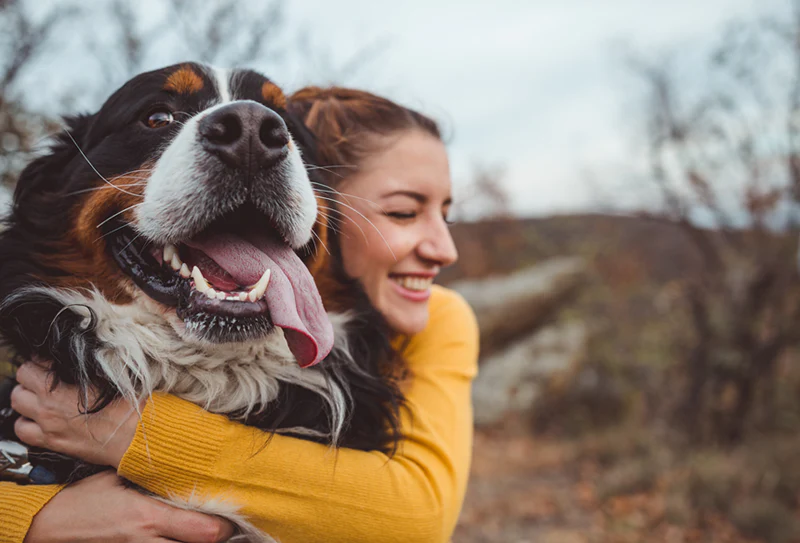Animal Care
How do you build a good relationship between a pet and children

There is growing evidence that pets, especially dogs, are good for children1. This evidence surely helps a child that is trying to convince their parents to get a pet but a positive bond is not always an instantaneous one. There are things adults can do to help foster a good relationship for both the pet and the child while also maximizing some other benefits of a child having a pet.
Benefits of Having a Pet for Children
According to a poll from the C.S. Mott Children’s Hospital, about two-thirds of all families have pets: 76% are dogs; 41% are cats; 24% are fish, birds, and reptiles; and 9% are small mammals like rabbits and guinea pigs. In the poll, 63% of the parents said they got a pet for their child to have fun and a companion, and 57% said it would help teach their child responsibility.2 Besides just companionship, there are many other benefits of pets for children, including:
- Responsibility
- Improved emotional, psychological, and physical health
- Satisfaction in relationships
- Companionship
- Respect
- Loyalty
- Love, empathy, and compassion
How to Introduce a Pet to a Child
Anytime you introduce a pet to a child, you need to ensure you are watching them interact at all times. A child should never be left alone with a pet until you know both will be safe. This is especially true for very young children. Many pets can scratch or bite a child, even unintentionally, and children can be too rough or be frightened and hurt a pet if they are not monitored by an adult.
Ask your child to sit quietly in a chair or on the couch and let the pet come to them or hold the pet for your child to talk to and potentially pet. Have your child offer food or a treat to the pet, either tossed on the floor or gently from the hand, to provide a chance to positively reinforce the experience for the pet. Observe your pet and your child to see how they react. If the child or pet acts too aggressively or rough, work through those interactions as needed.
Tips for Teaching Children Responsibility with Pets
Rewarding a child for properly caring for their pet is one of the best things you can do to reinforce responsible behavior. Positive reinforcement, small prizes, and even monetary rewards for children of an appropriate age can help teach your child to take good care of their pet. Putting daily or weekly pet “chores” on a chart that your child can easily see and mark off when a task is completed also helps to motivate and remind them of their responsibilities. As an adult, you should always ensure the assigned task is completed and if it isn’t, complete it yourself so that your pet doesn’t suffer as a result.
Involving your child with training the pet can be a huge benefit for both the child and the pet. Trying something new, confidence building when successful, and the joy of a longterm bond with an animal are well worth the effort of encouraging your child to learn positive reinforcement techniques and working with the pet. Obviously dogs are usually great to train, but cats, fish, rabbits and other animals are also trainable, so consider seeking out information on training your specific pet and get your children involved to improve the bond.
How to Foster a Positive Relationship Between Pets and Children
If children feel safe and get enjoyment from a pet, they are likely to build a positive bond. To ensure your pet feels the same way though, put some precautions and boundaries in place.
Create a Refuge for Your Pet
Make sure your pet has a place to escape to if they don’t want to be bothered by a child, and teach your child to respect these spaces. This may be a dog crate, cat tree, rabbit house, or other type of refuge depending on your home and the type of pet.
Set Rules for Pet and Child Interactions
Set ground rules for your child and their interactions with your pet, and help them understand their warning noises and body language. Children may not know what a growl or hiss means, so it’s the parent’s job to explain these things before they happen.
Teach Your Child About Pet Communication
It is important to discuss body language and other communication signals, noises, and routine behavior of the pet before you bring the animal home. Talking to a veterinarian that works specifically with those types of animals is a great resource about what normal behavior can look like. The entire family should be aware of the ground rules long before a pet is brought into the home. This sets everyone up for success and increases the chances of a strong bond long term.















